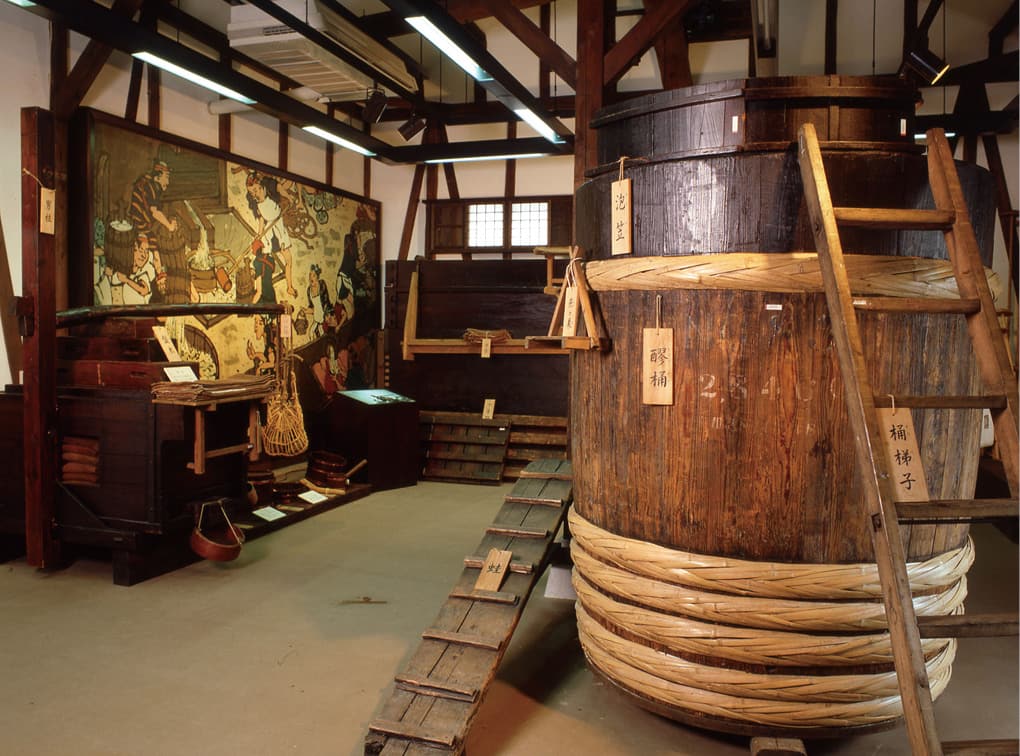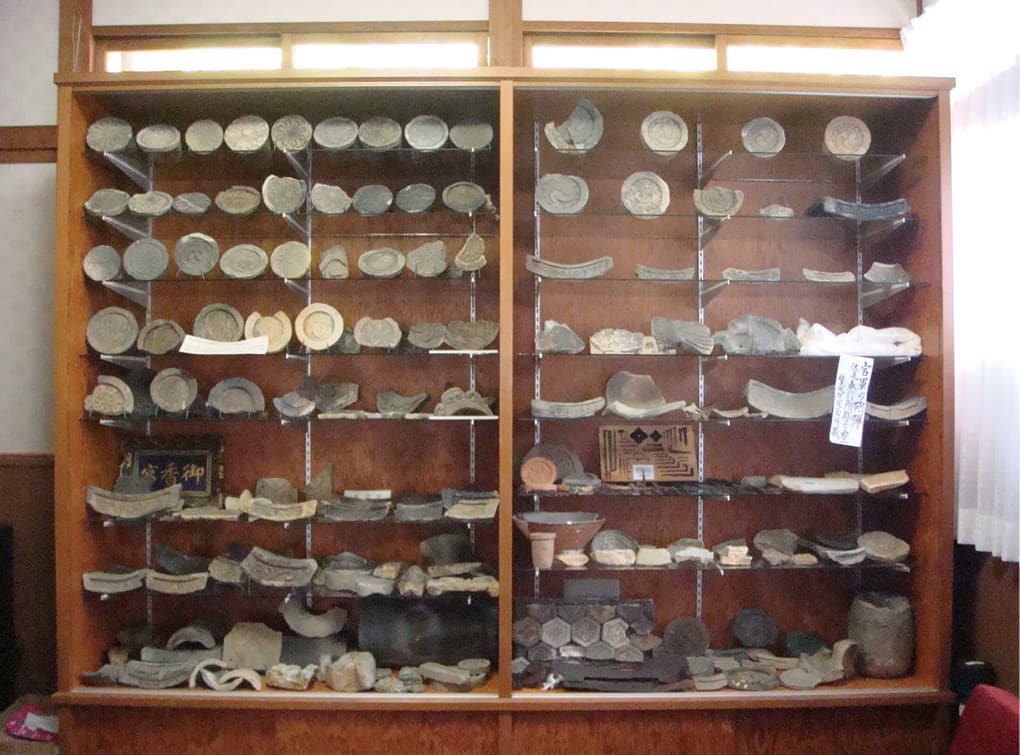Gekkeikan Okura Sake Museum
- Highlight
- The brewing water is drawn from a 50-meter deep well and visitors may sample this aqua delight
The processes that go into the sake enjoyed in Fushimi and the history too
Housed in a renovated brewery, built back in 1909, this museum introduces in an easy to understand format the Fushimi way of making sake, the tools and materials involved as well as the history of one particular sake maker: Gekkeikan (formerly known as Kasagiya), a sake brewery established in 1637 in Fushimi.
Here, all of the precious sake production tools were actually used long ago and, as such, they have been designated as Tangible Folk Cultural Properties by Kyoto City. And, some 400 pieces of the entire collection of 6,120 pieces are on display. In addition, the museum displays shipping equipment, small kegs, rare bottles and advertising gear such as old shop signs.
When visitors finish a tour of the museum, there are three types of sake and plum wine that can be enjoyed in a tasting corner of the lobby.
And, in the adjacent “sake aroma brewery” (Sakekobo), visitors can watch the fermenting process (reservation required).



What is the name of the spherical object hanging above the entrance hall of the museum?
| Address | 247 Minamihama-cho, Fushimi-ku |
|---|---|
| TEL | 075-623-2056 |
| FAX | 075-612-7571 |
| URL | https://www.gekkeikan.co.jp/enjoy/museum |
| Hours | 9:30~16:30 (entry by 16:15) ※tours of the mini brewery Sakekobo need to be reserved at least 1 day in advance) |
| Closed | Mid Aug, New Year Hols |
| Adm | Adults ¥400, Junior high and high school students ¥100 (includes 180ml sake bottle for adults and 5 original Gekkeikan postcards for minors) |
| Access | A 5-min walk from Keihan Chushojima Stn |
| Parking | Available (Free) |
Facilities near by

Jonan-gu Shrine Sacred Garden and Suiseki-tei Gallery
A garden passing on the essence of the Heian Dynasty

Kyocera Gallery/The Kyocera Museum of Fine Ceramics
A hall of beauty and a site of leading-edge technologies

Kyoto City Southern Clean Center「Sustaina-kyoto」

Fushimi Castle Excavated Relics Exhibition Room
Roof tiles that speak of a castle’s magnificence

